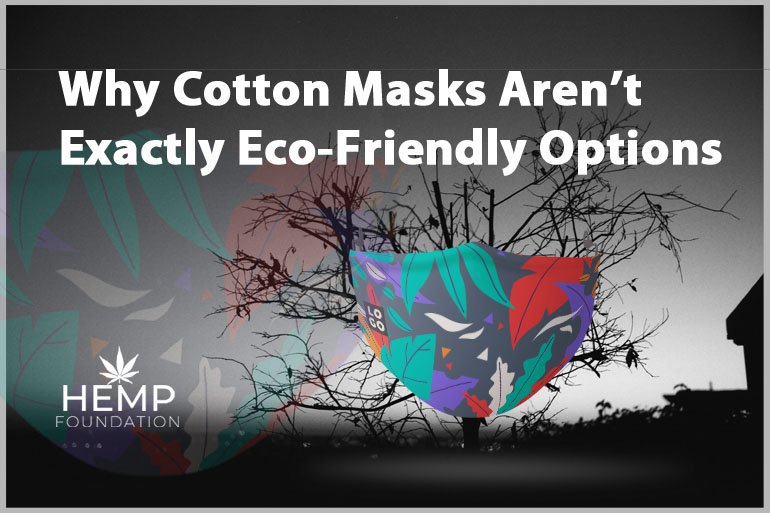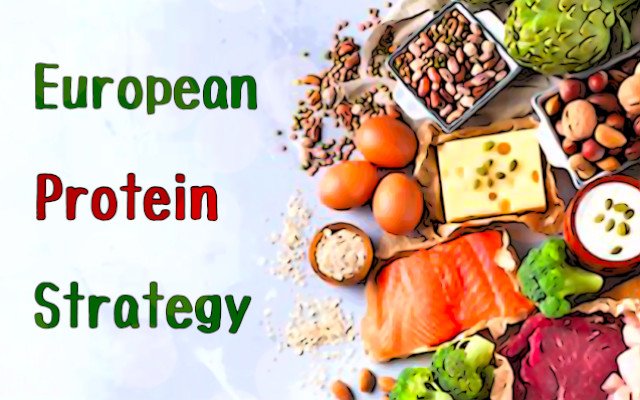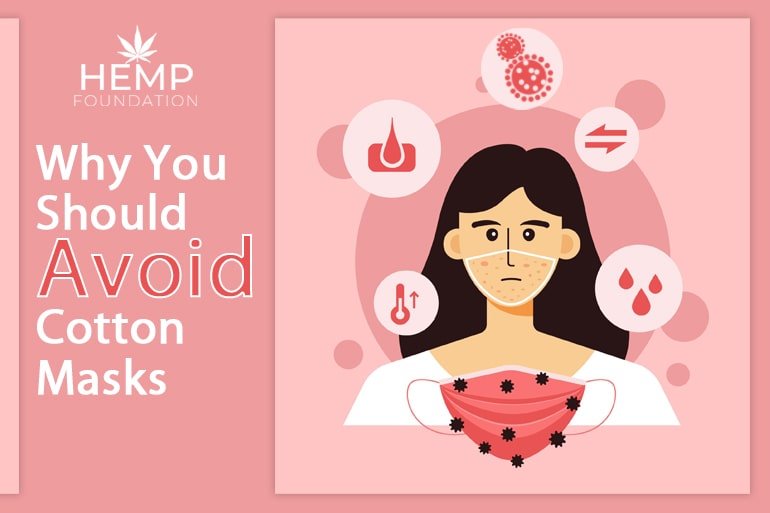Why Cotton Masks Aren’t Exactly Eco-Friendly Options
[vc_row][vc_column][vc_column_text]People often tout they are using cotton masks with a sort of pride, based on a misconception that cotton is friendlier to earth, compared to other masks.
It’s not!
Cotton consumes a voluminous amount of water, wears down quickly, is prone to shrink, and much more.
Let’s dig deeper.[/vc_column_text][/vc_column][/vc_row][vc_row][vc_column][tm_heading custom_google_font=”” text=”Water consumption pattern of cotton across the globe”][vc_column_text]According to a study published by ResearchGate, the global consumption of cotton products for the period 1997-2001 256 Gm3 of water per year, out of which about 42% is rainwater, 39% groundwater and 19% dilution water (water polluted during the processing of cotton).
In the EU25 region, around 84% of the water footprint regarding cotton is located outside Europe. Two areas with more tangible impacts are India and Uzbekistan. Climatic conditions for cotton production aren’t suitable in Turkmenistan, Uzbekistan, Turkey, Syria, and Egypt as effective rainfall in these countries is very low (0-100 mm) while evaporative demand is quite high (1000-1300 mm).
In the USA and Brazil, climactic conditions for cotton production are perfect as the evaporative demand is low (500-600 mm) and there is enough rainfall. India has high evaporative water demand (800-1000 mm), rainfall 400 mm, and irrigation partial, resulting in overall low production.[/vc_column_text][tm_image][/vc_column][/vc_row][vc_row][vc_column][tm_heading custom_google_font=”” text=”Big-time negative environmental impact”][vc_column_text]Sure, cotton is a soft, breathable and lightweight fabric, yet it leaves a negative fingerprint on the environment.
Cotton soaks in a mammoth amount of water. According to the research conducted by the Water Footprint Network, producing 1kg of cotton in India requires approximately 22,500 liters of water, on average. This also means 22,500 liters of valuable water has either evaporated or has become too contaminated for reuse.
When India exported about 7.5m bales of cotton in 2013, she also lost 38 billion cubic meters of water as it could no longer be used for anything else. 85% of India’s population would have survived on this water for a year.
When the world is struggling to arrange potable water for its population, it is exasperating to lose this precious resource in this way.[/vc_column_text][/vc_column][/vc_row][vc_row][vc_column][tm_heading custom_google_font=”” text=”The water situation is grave”][tm_image][vc_column_text]As per a 2015 U.N. report, the world is on the threshold of a severe water challenge. If the current way of water consumption continues, the planet will have just 60 percent of the water the demand in 2030.
Statistics of the World Wildlife Fund (WWF) reveals 70% of the globe’s water supply is consumed in agriculture. A sizeable chunk of this supply is drawn by cotton production. Approximately half of all apparel produced is made of cotton, which encourages farmers towards producing it, leading to wastage of water.
The fact becomes even more prominent under the knowledge that water amounts to less than 1 percent of the world’s water supply. It is a valuable and finite resource.
In most areas producing cotton, there is no mechanism to gauge water consumption in production. There’s no incentive for the producers to try and save water. The consumers too lack knowledge or incentive regarding the impact of cotton production on water systems.[/vc_column_text][/vc_column][/vc_row][vc_row][vc_column][tm_heading custom_google_font=”” text=”Low per acre production”][tm_image][vc_column_text]What makes the situation worse is the low per acre production of cotton. Though India is the largest producer of cotton in the world (6.423 metric tons in 2019-2020 season), the productivity per acre is quite low. On average, farmers just produce around 500 pounds per acre. This results in lower-income of farmers despite land usage. The other outcome is the huge expense of water with a little cotton in return. Compare it with hemp, which is produced around 1500 pounds of fiber per acre.[/vc_column_text][/vc_column][/vc_row][vc_row][vc_column][tm_heading custom_google_font=”” text=”The pesticides angle”][vc_column_text]Used abundantly in cotton production, the pesticides contaminate groundwater. Cotton farms result in severe pollution problems downstream. In advanced agricultural systems, people are encouraged to limit the application of pesticides to a specific area to reduce the pollution of groundwater. That said, pesticides have the potential to affect water underground, even when put to limited use.
A piece of statistics reveals though cotton is produced in 2.5% of the world’s agricultural land, it consumes a whopping 16% of the pesticides that make their way to the markets across the world. Such statistics indicate how pesticide-intensive cotton is. Three common types of pesticides used in conventional cotton crops are insecticides, fungicides and herbicides. Many cotton farmers in developing countries fall ill as they don’t know how to use pesticides properly.[/vc_column_text][/vc_column][/vc_row][vc_row][vc_column][tm_heading custom_google_font=”” text=”Manufacturing of fabric”][vc_column_text]The dyeing process of cotton consumes a colossal amount of water and contaminates it. Chemical dyes are heavily used in the manufacturing of cotton. The water would later run into sewage systems, eventually getting released in rivers and other water sources. Flowing through the drainage system, it also pours contaminants into groundwater.
Though eco-conscious companies like Nike and Levi’s have come up with processes which reduce or eliminate water from fabric dyeing, these haven’t become commonplace.[/vc_column_text][/vc_column][/vc_row][vc_row][vc_column][tm_heading custom_google_font=”” text=”Where lies the solution”][vc_column_text]WWF regards cotton as a widespread, profitable non-food crop, providing income for more than 250 million people globally and employing almost 7 percent of the available labor in developing countries. Such a crop cannot be banned right away, pronouncing financial disaster for this chunk of the population.
The solution lies in coming up with a replacement, which provides an alternative fabric for the textiles and, at the same time, retain or even improve the income of these farmers.
Hemp is the perfect substitute for hemp.
Water consumption of hemp is a fraction of what is consumed by cotton. When it comes to durability and the overall quality of the fabric, hemp is considerably better than cotton. Yeah, the fabric is rough in raw form, but post-processing, it does take up a soft and refined look.
As for the use of pesticides, hemp is a weed requiring negligible use of pesticides and chemicals. Moreover, the average production of hemp is 1,500 pounds of fiber per acre of land, contrary to cotton, which is just 500 pounds of fiber per acre of land. Hemp also has an inherent ability to absorb dye and retain it quickly and for a longer period, compared to cotton.
It’s time to embrace hemp.[/vc_column_text][/vc_column][/vc_row]





